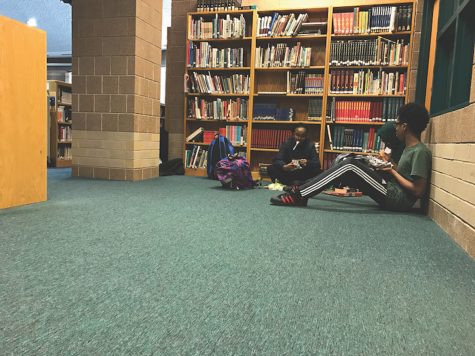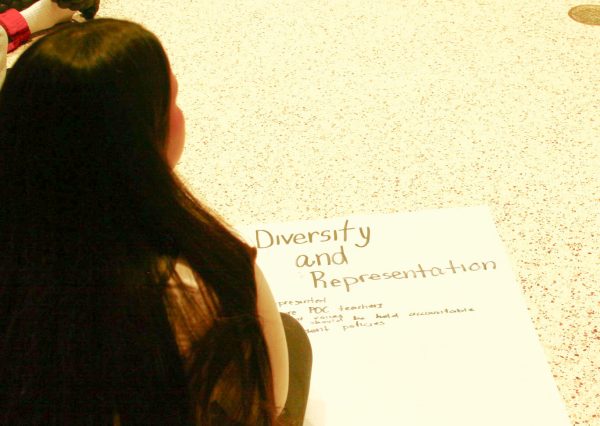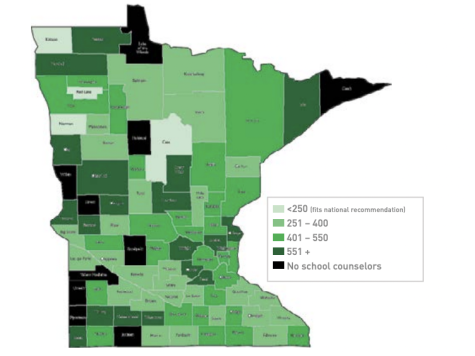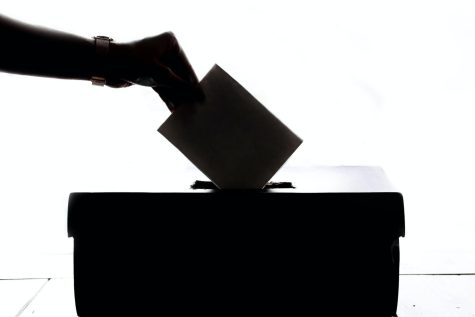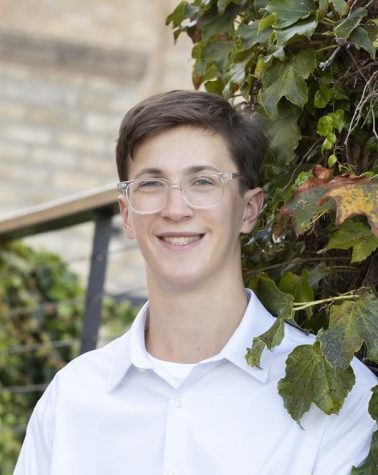New conference system aids all students

For many parents who attend conferences with their child’s teachers regularly, the verdict is always the same. The student is either probably excelling, or is getting by well, in which case the student could easily improve his/her situation. The new conference system that is being piloted this year and that originated at the junior high, however, strives to aid all students, not just those whose parents come simply to hear praise about their child.
This conference system will drive more power to the teacher, so the teacher can individually reach out to every child’s family based on their specific needs. The goal is to work through kinks affecting struggling students and prevent students from continuing to have difficulty, however the system will also eliminate most face to face interaction with parents and teachers, and reduce relevance on those students doing well.
The current plan with the new system is to have the teacher email each and every student’s family, to either update them on their child’s success thus far, or to invite them to help their student be more successful. In certain cases, either party will be able to recommend an in person meeting, but this will likely be the case only when the student is feeling lost or confused in the class, or is not doing well.
According to kidshealth.org, “Kids and teens do better in school when parents are involved in their academic lives. Attending parent–teacher conferences is a way to be involved and help your child succeed.”
With this focus turned to email, the students who are exceeding and want that affirmation won’t get it and those who could really use an in person meeting may not decide to come in because they email may have seemed sufficient. The teacher is placing required energy into emailing, when they could be using the valuable time to have more meaningful discussions face to face.
“It might impact some of those parents of kids who are doing well, they still might want to know what their kid can do to get better, so it limits them,” social studies teacher Gerard Coury said.
The process will also be much more difficult for teachers. Before, they had to be available for parents to choose to come in, however getting an email out to every student they teach, with most teachers teaching 100 or more kids, is a drain of a teacher’s time. Yes, they want to help their students who may not be understanding, but a requirement to email all parents seems like more of a quota than anything else.
“It won’t save us time, it’ll create more work for us to do because now we have to contact, we have to seek the parents,” Coury said.
The real push for this system comes with the idea that getting parents involved when a student isn’t doing well is motivating for the student and will help them turn things around to be successful. There is frustration that the former system was wasteful because so many high performing students were receiving praise, while not enough low performing ones were getting the help they need.
“When I communicate with parents, whether in email, or in person, about a struggling student, usually it helps,” social studies teacher Matt Kiedrowski said.
The concern for the underachieving students is valid, however eliminating face to face time for parents to come in and counting on the fact that parents will straighten their kids out after receiving a simple email just doesn’t seem helpful. The school should foster a support for all students and every learning style, but not in a way that adds more work for teachers, ignores those who are successful and puts unnecessary strain on families to check for six different emails, when they can check Skyward and simply reach out to one or two teachers.

Olivia Weirtz is a senior and Print Editor-in-Chief. She started as an In-Studio anchor her junior year with The Pony Express and has since switched to...


